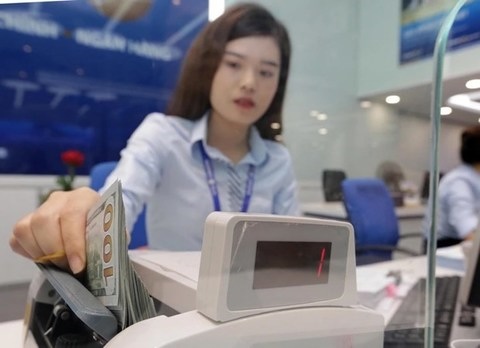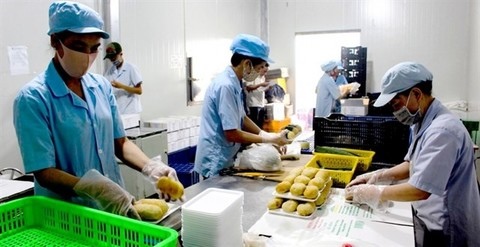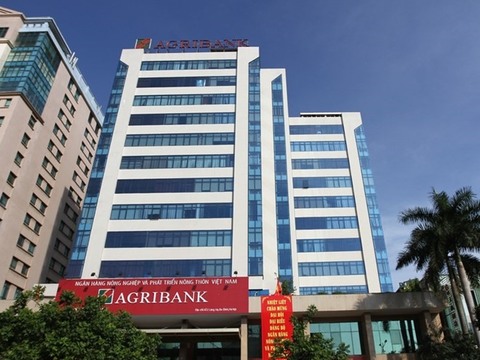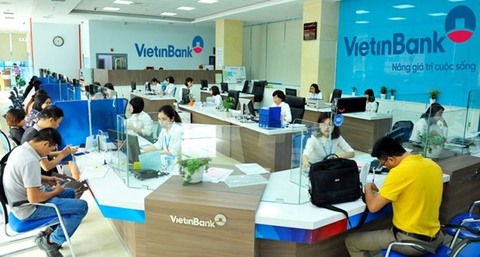Riding digital payments to the future of transport
Riding digital payments to the future of transport
Innovations in digital payments are expected to transform public transport systems around the world, promising a better experience for Vietnamese passengers on any mode of travel.
Age of contactless transit
Contactless payments are disrupting cities around the world in various areas, notably mass transit systems. A notable example is London (the UK), where 2.5 million contactless journeys are made across bus, tube, and rail services every day. Since early 2016, the proportion of pay-as-you-go journeys made through London’s contactless systems has risen from 25 to more than 50 per cent of today. It is estimated that more than four of every five journeys of this kind are made using Visa contactless cards.
Various reasons have been put forward for the London success story. First, the underlying technology, such as chip cards based on Europay, Mastercard, and Visa (EMV) standards are already there. Second, Transport for London has enabled contactless payments across all modes of transit – tube, bus, light rail, heavy rail – making it convenient for riders. Passengers in London reported saying that contactless payments are fast and reduce the number of cards in their wallets. When combined with the shift to mobile and wearables, contactless payments become even more helpful and passengers may not need to carry their wallets at all.
In the Asia-Pacific, early success stories have also emerged. Australia is piloting contactless EMV card acceptance on Sydney ferries and light rail, while Myanmar, Thailand, and Singapore have made public announcements about contactless EMV transit strategies. Similar to other uses of smart technologies, contactless EMV transit is expected to be convenient, fast, and available at the industry level for passengers.
In fact, as shown in the Australia case, if passengers in Vietnam can start using their contactless EMV cards to pay, regardless of which bank issued their card or what mode of transportation they are travelling on, it supports the wider adoption of contactless payments. Physical wallets may phase out entirely.
Disruptive techs
Taking a closer look, it becomes clear that two main technologies have been designed and applied by payment companies for transit payments. These two technologies, called EMV Contactless and Account Based Ticketing, work together to provide a seamless experience for passengers.
In the future, when conventional tickets and cards become no longer valid for use or damaged, passengers may shift to use bank cards for payment purposes or use contactless EMV cards issued by Urban Railway Company (with its own brand). Similar technologies have been devised by Visa and National Payment Service of Vietnam.
Similarly, there are plenty of benefits for contactless EMV transit. Compared to closed-loop systems, open-loop payments are similar to any other contactless transaction, which means passengers can easily tap and go. The benefits that come with chip transactions – speed, convenience, global networks, and multiple layers of security – also come with such implementations.
According to Manoj Sugathan, head of Chip, Contactless, and Transit Programs at Visa Asia Pacific, the open loop provides consumers with a consistent,
secure, and convenient experience across multiple forms of transportation.
“It is another way of meeting consumer expectations for contactless payments in their everyday lives, while providing greater choice in the cards they can use to pay for transit,” said Sugathan.
The executive added interoperability as another benefit. Not just across different modes of transport, but the open loop allows customers across different cities, or even different countries, to use the same card they would use at home for transit. This consistency, according to Sugathan, is important for tourism, especially as Vietnam strives to attract more international visitors.
“What is the first thing people do when they get off a plane in a different country like Vietnam? They take a taxi or a train from the airport. If they can use their same Visa card for this, it is one less thing to worry about,” he pointed out.
Ready for transit
Despite all of the potential described above, challenges for adopting contactless payments in Vietnam’s transport systems remain. As in the case of any cash-dominant society, passengers in Vietnam may stick to cash if they feel the contactless payment system is clunky, slow or hard to use.
The second hurdle includes the payment innovation happening in siloes. It is easier for consumers in Vietnam to adopt one type of experience instead of a different payment method every time they change modes of transit, merchant or location. Experts believed that to ensure contactless payment success in Vietnam, consumers must be able to quickly make a transaction and go. They should not be burdened to think about payments.
Lastly, payment giants may be competing with fintech startups or ride-hailing services that recently expand to cashless payments. According to Visa, as in the case of WeChat Pay or Alipay in China, once these tech companies grow their presence outside of their home base, they will be subject to the same regulatory structure as the rest of the payment ecosystem.
“Ultimately, Visa believes in globally interoperable standards, so that payment experiences can scale consistently across markets,” said Sugathan.
Visa revealed that it has been prepping for contactless payments at the global level. The Visa Transportation Centre of Excellence in London works with partners to develop new capabilities across transportation sectors, including several of the world’s largest car manufacturers for finding and paying for parking, paying for fuel, food or insurance. Future experiences could be using Visa credentials for insurance by the mile or electric car recharging on the go.
For mass public transport, Visa is also looking at what the next generation of public transportation can look like, where location services, bluetooth, and biometrics can make the journey even easier. Regarding air travel, the company has hosted collaboration sessions with the industry’s largest airlines, working with them to develop new concepts for planning, ticket purchasing, and in-flight experiences.
Visa is also looking at the use of QR codes in transit. While the company insisted that it had no vote on which technology should be used in which situations, it currently has a QR code standard, based on the EMVCo standard, to support transit operators with QR payment options.












